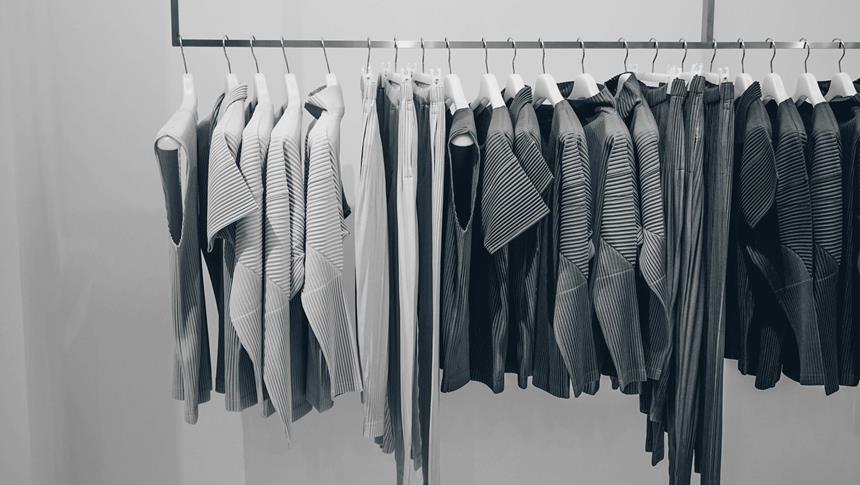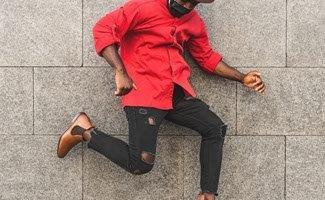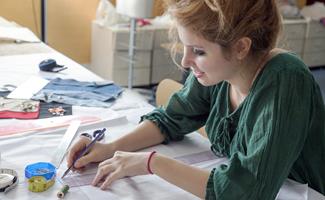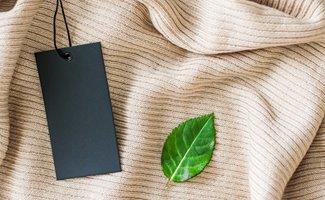This trend is also known as eco-fashion and has been slowly growing over the last couple of years. The point is to limit how much humans impact the planet.
History
Sustainable fashion came into force in the 1980’s as companies including ESPRIT introduced the trend. In the 90’s, other fashion brands also joined the movement. The first few brands to join primarily used cotton in their clothing and wished to create methods to improve processing methods and supply access.
Slow fashion
This is deemed to be similar to eco-fashion and appeared in 2007 and was compared to slow food. This is the idea that products should be sourced naturally, older clothing should be recycled, buying items that will last longer and buying from brands that treat workers well.
Textiles
The number one thing that makes clothes sustainable is the textiles used to create them. How fibres are turned into textiles is a big concern for supporters of this trend. Natural fibres are not petroleum-based and are found in the environment.
Cotton is one of the most widely grown crops in the world, however, its creation process is very chemically-intense. Cotton production also uses 10% of the world’s pesticides.
Global response
The commitment to popularising sustainable fashion has spread across the industry. The Copenhagen Summit was attended by more than 1,000 members of the industry’s biggest names re-iterated their support for eco-fashion.
If you’d like to read more on the latest fashion trends, keep your eyes on the LCCA blog


 How has COVID-19 impacted the value of global fashion brands?
How has COVID-19 impacted the value of global fashion brands?  4 skills you’ll learn from studying fashion
4 skills you’ll learn from studying fashion  A comprehensive guide to growing a fashion brand from scratch
A comprehensive guide to growing a fashion brand from scratch  What are the latest luxury marketing trends in 2022?
What are the latest luxury marketing trends in 2022?  How can the fashion industry become more sustainable?
How can the fashion industry become more sustainable?